BELIEF OF ELECTRICITY BILL
Electricity Bill / Paper Bill, Online Version, Process Book / 2002 / thanks to Paul Elliman / Yale University
With the burgeoning of technology, we find ourselves in a paradoxical situation. Although we humans created the technology, we are often overwhelmed by its power. Like Dr. Frankenstein’s creature, technology has turned into something that we do not understand, something that controls us. Paradoxically, although we are suspicious of our technology, we cannot help believing in it. Because we cannot begin to understand all our machines, we tend to trust in them blindly.
Take for example how we typically approach our electric bills. Unless the bill reaches astronomical proportions, we tend to believe in its accuracy—accuracy of data, accuracy of measurement, and accuracy of calculation.
We are surrounded by our technology, connected to one another by the technological web of the internet. We live in cybersapce, a virtual reality, and invisible space of technology. Through technology we send and receive informantion.
As designers, we are often asked to design for technology. Immediately we encounter a dilemma: how can the designer best serve both the client (the technology company) and the public? Is it possible at once to engage the audience and to convey factual information accurately? Since we cannot change the message (because it is dictated to us by the client), how can we alter the design in order to ensure that we convey the information most effectively? And importantly, how can we make sure that undeserved
populations receive the message?
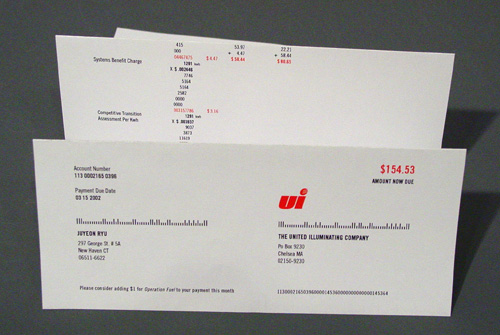
Electricity Bill Electricity Bill
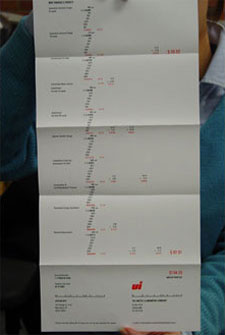
Electricity Bill Electricity Bill
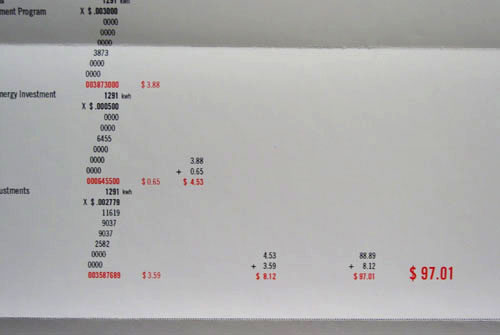
Electricity Bill Electricity Bill
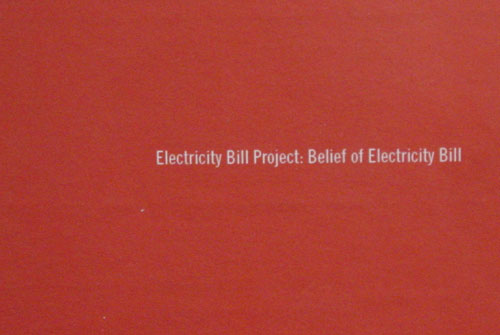
process book process book
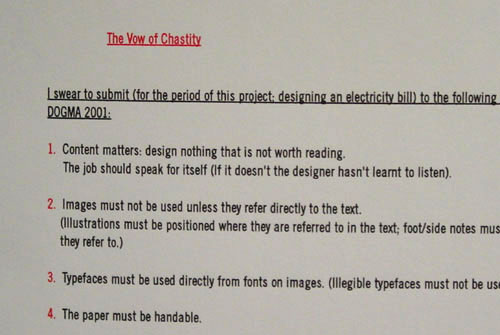
process book_Manifesto process book_Manifesto
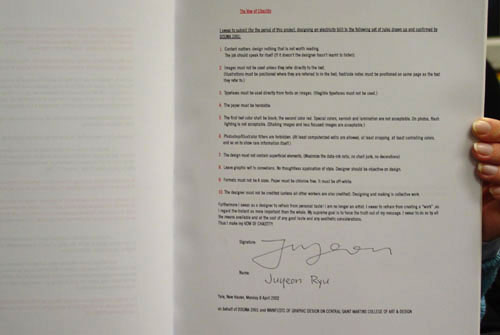
process book_Manifesto process book_Manifesto
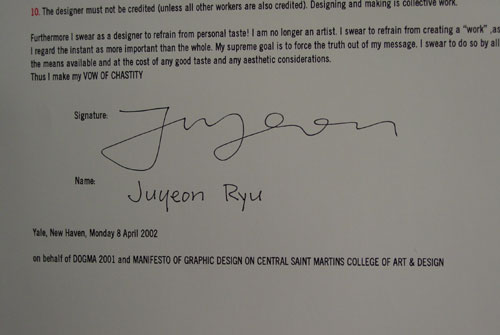
process book_Manifesto process book_Manifesto
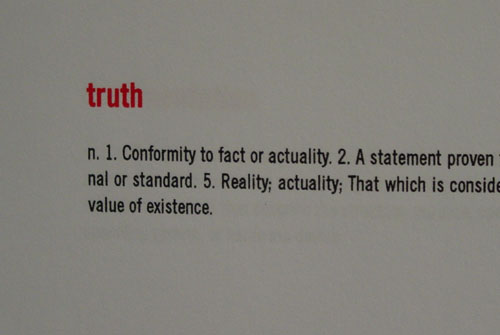
process book process book
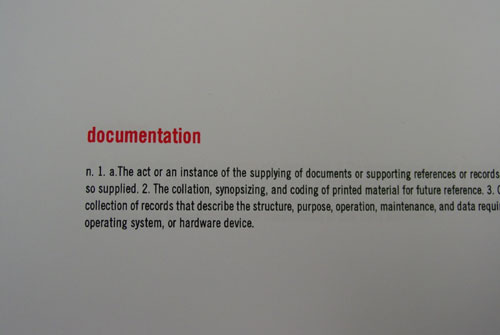
process book process book
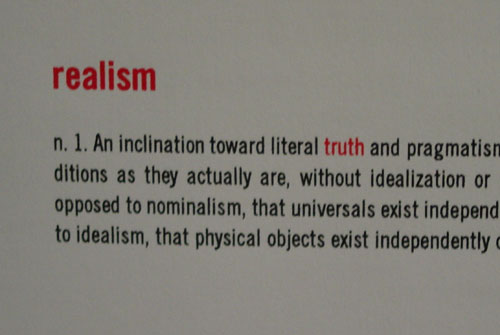
process book process book
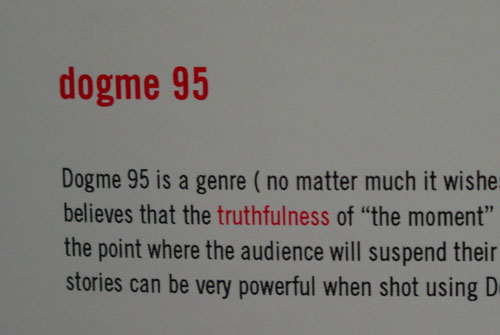
process book process book
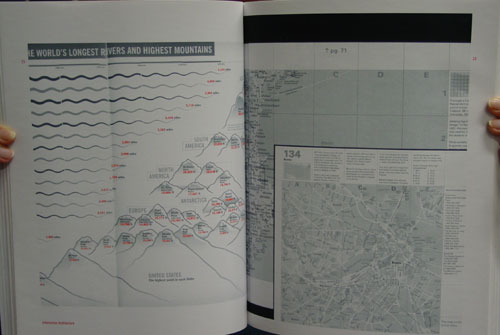
process book process book

process book process book
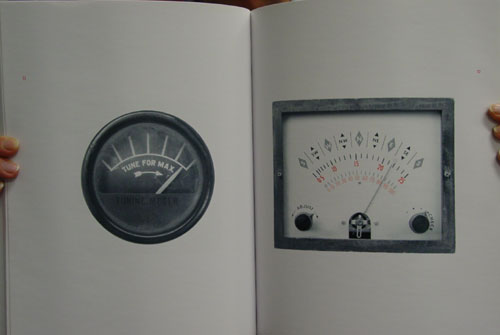
process book process book
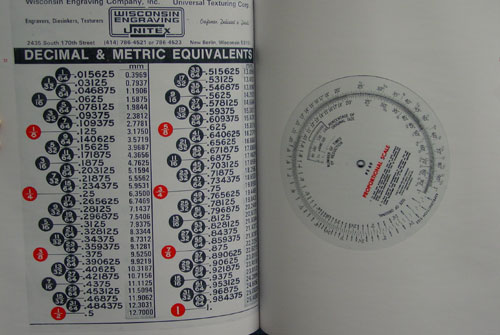
process book process book
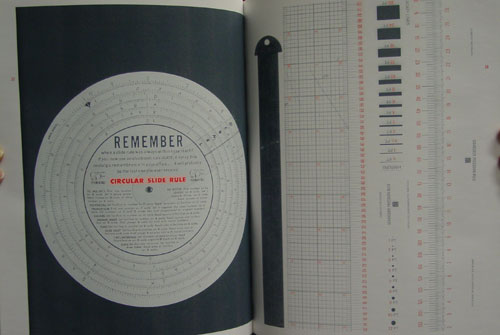
process book process book
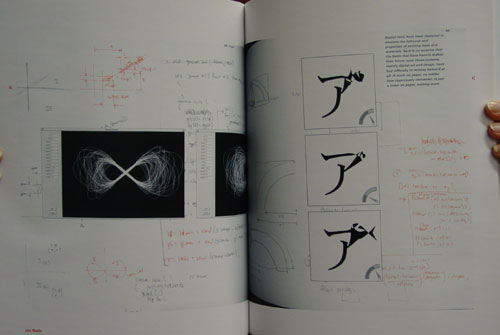
process book process book
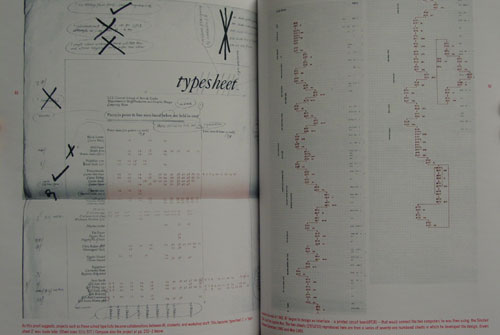
process book process book
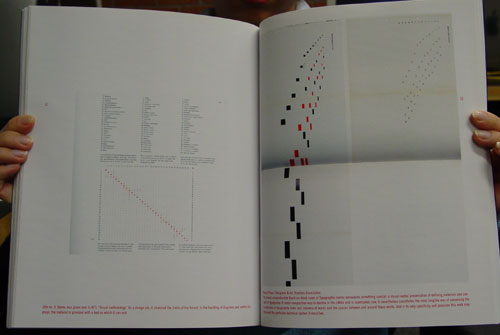
process book process book

process book process book